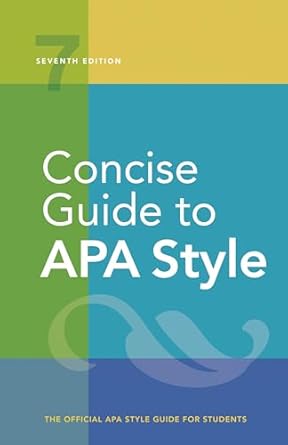[toc]
paper structure length headings and organization
Concise Guide to APA Style: 7th Edition (OFFICIAL)
Page 46 Review
Navigating the Labyrinth of Academic Paper Structure: A Deep Dive
Crafting a compelling academic paper is akin to constructing a well-engineered building.
It requires a solid foundation, a logical structure, and clear signposts to guide the reader through its various chambers.
This excerpt from an academic guide sheds light on the crucial elements of paper organization, focusing on paper length, heading structure, and overall clarity.
The Significance of Paper Length: Word Count vs.
Page Count
The initial consideration for any academic endeavor is the scope of the project.
The excerpt emphasizes the importance of adhering to specified length requirements, noting, “Paper length targets may be specified by either page count or word count; we recommend word count because different fonts are slightly different sizes and may produce variations in the number of pages.” This distinction is significant because word count provides a more consistent measure of the paper’s depth and detail, mitigating the inconsistencies arising from font variations.
The text further clarifies, “In general, to determine the page count, count every page, including the title page and reference list.
Likewise, to determine word count, count every word from beginning to end, including all in-text citations, reference entries, tables, figures (other than words in a figure image, which may not be captured by word count), and appendices.” The meticulous detail provided ensures clarity and prevents misinterpretations.
Organization: The Backbone of Scholarly Writing
Beyond mere length, the excerpt underscores the profound importance of organization. “In scholarly writing, sound organizational structure is the key to clear, precise, and logical communication,” it asserts.
This statement encapsulates the essence of academic writing: clarity, precision, and logical flow.
The text continues, “Before beginning to write, consider the best paper length and structure for your findings.
Ordering your thoughts logically at both sentence and paragraph levels will also strengthen the impact of your writing.” This pre-writing planning is crucial for ensuring a coherent and impactful argument.
The Power of Headings: Signposts for the Reader
Headings act as the road signs of your academic paper, guiding the reader through the complex terrain of your research.
The excerpt highlights this, stating, “Headings in a document identify the topic or purpose of the content within each section.
Headings help readers become familiar with how a paper’s content is organized, allowing them to easily find the information they seek.” A well-structured paper uses headings to break down information into digestible segments, enabling readers to navigate the text with ease.
Furthermore, the excerpt emphasizes the characteristics of effective headings: “Headings should be succinct yet long enough to describe the content; see the sample student paper at the end of this chapter for examples of effective headings.
Concise headings help readers anticipate key points and track the development of your argument.” This balance between brevity and descriptiveness is essential for clarity.
Accessibility Through Headings: Inclusivity in Academic Writing
The excerpt also touches upon the importance of accessibility, noting, “Headings that are well formatted and clearly worded aid both visual and nonvisual readers of all abilities.
It is important for headings to be clearly distinguishable from the text.” Inclusivity is a crucial aspect of academic writing, and well-formatted headings contribute to making research accessible to a wider audience, including those using assistive technologies.
The excerpt directs readers to the APA Style website for further guidance on creating accessible headings.
Heading Levels: Establishing Hierarchy and Importance
The excerpt concludes by mentioning the hierarchical nature of headings in APA Style: “There are five levels of heading in APA Style (see Section 1.26), and all topics of equal importance should have the same level of heading.
For example, in a comparative essay, the heading for each topic being compared should be at the same level, with parallel…” This consistent application of heading levels helps to create a clear and logical structure, enhancing the reader’s understanding of the paper’s argument.
In conclusion, this excerpt serves as a valuable guide to the essential elements of academic paper structure.
By focusing on paper length, organization, and heading structure, it provides a framework for crafting clear, concise, and impactful scholarly writing.
Buy full ebook for only $18: https://www.lulu.com/shop/american-psychological-association/concise-guide-to-apa-style-7th-edition-official/ebook/product-rmzpq54.html?page=1&pageSize=4
Paper Structure Length Headings And Organization
Read more: Citation Guide Review: Mastering Academic Referencing


Leave a Reply